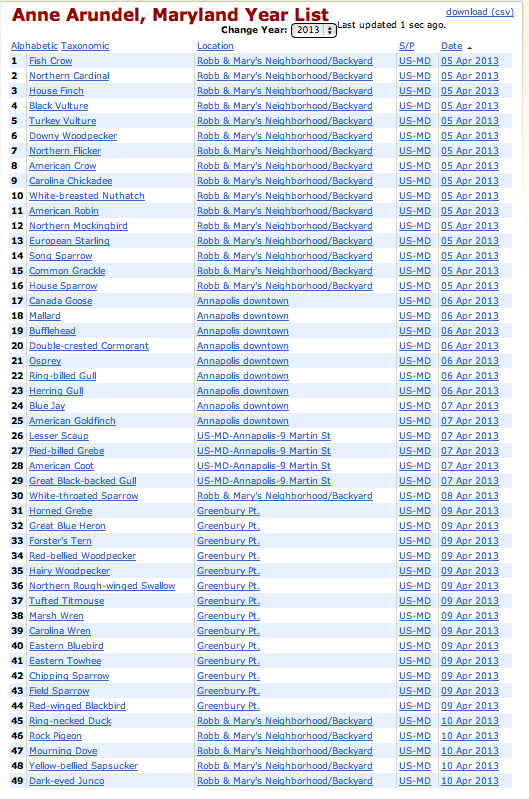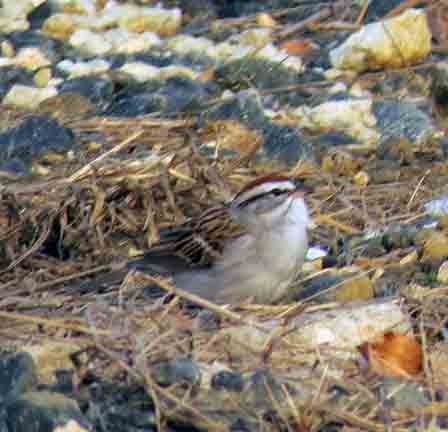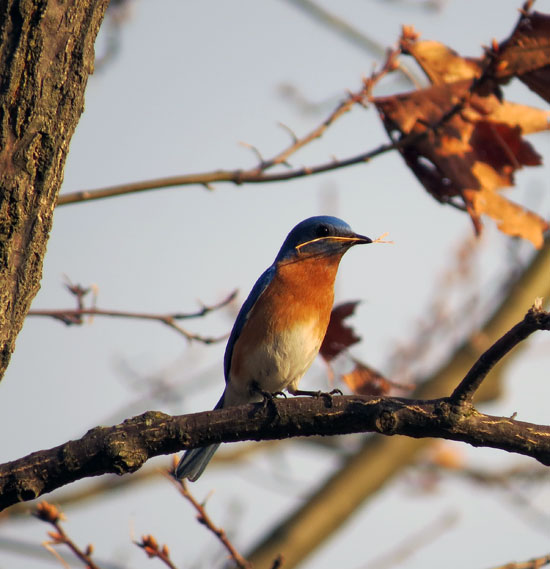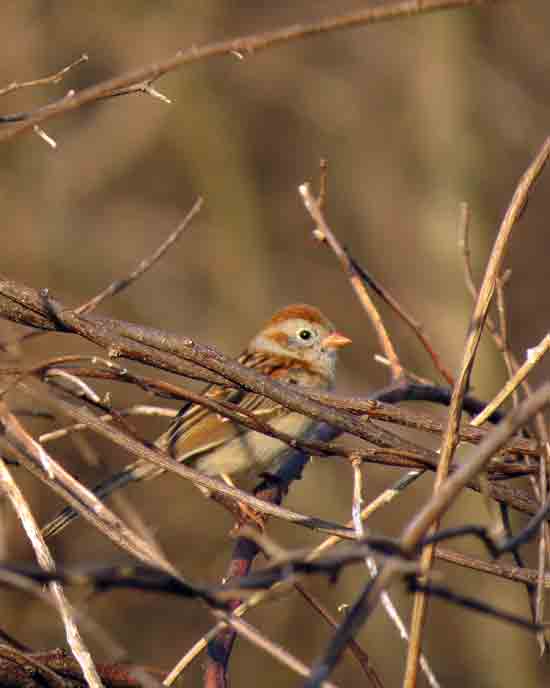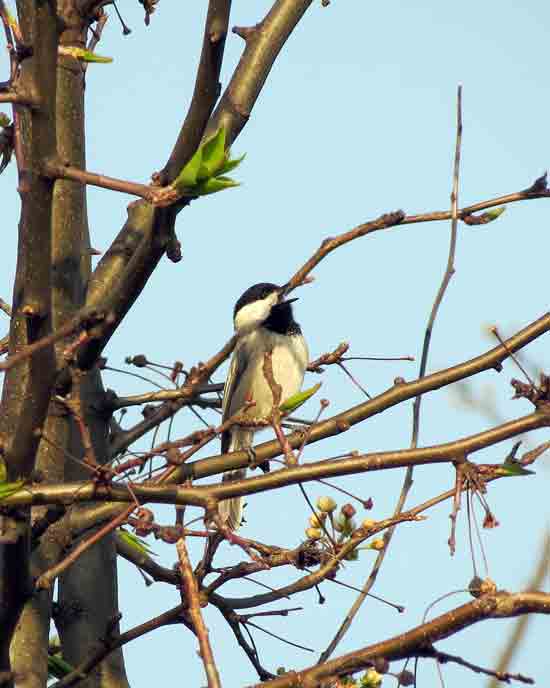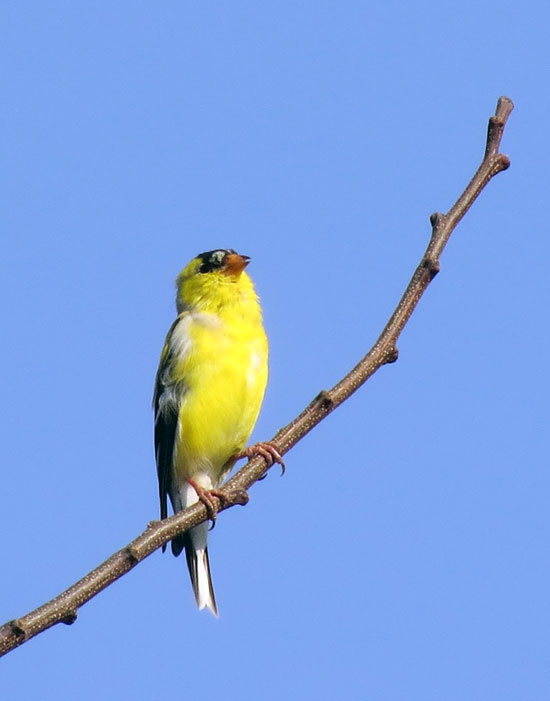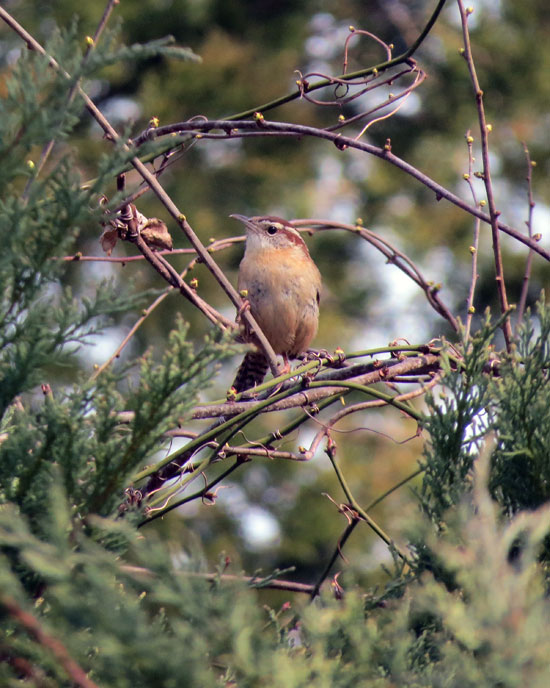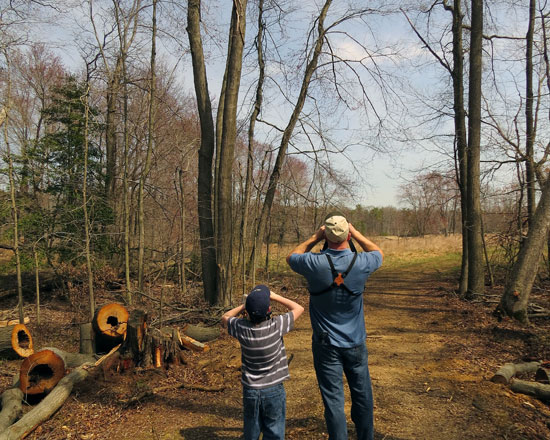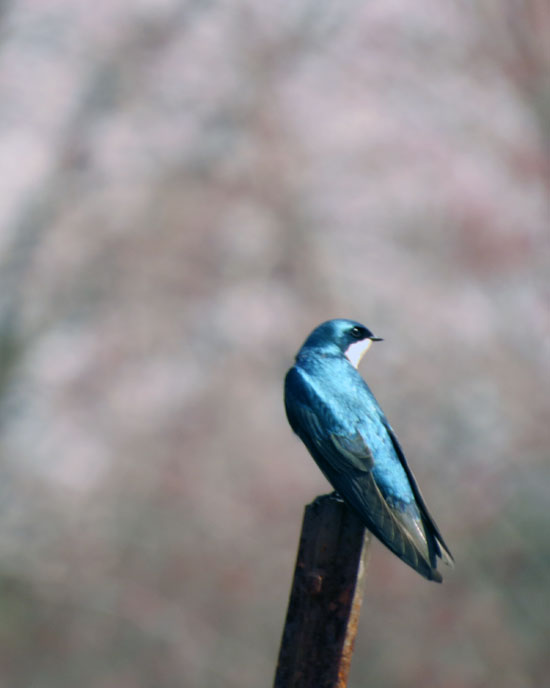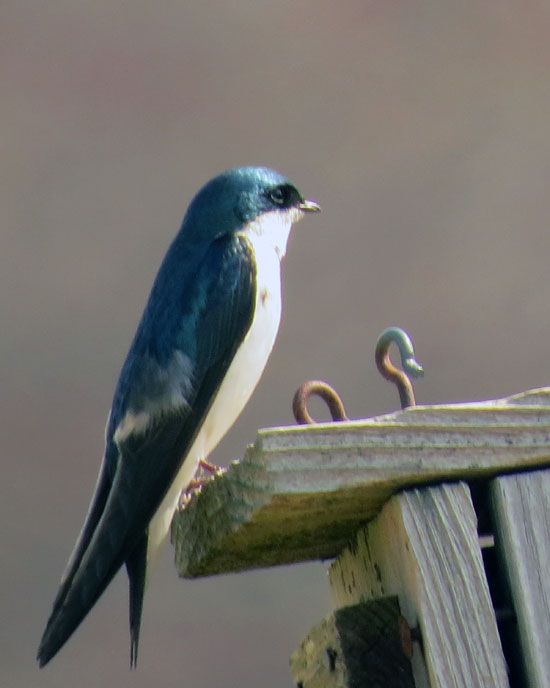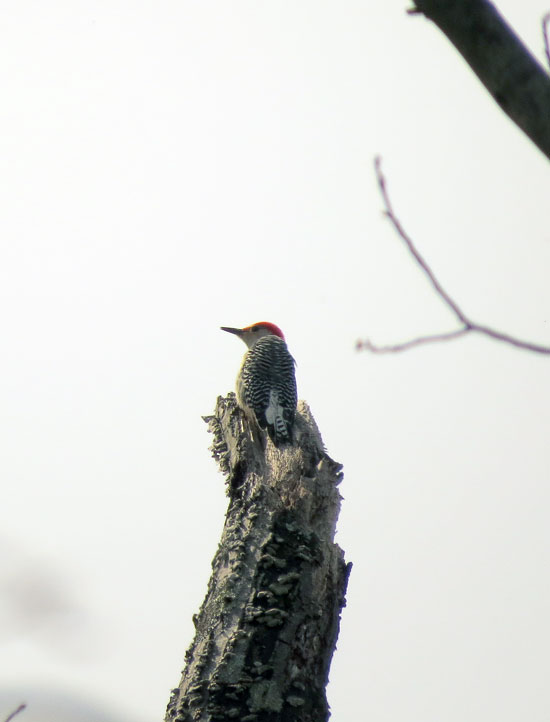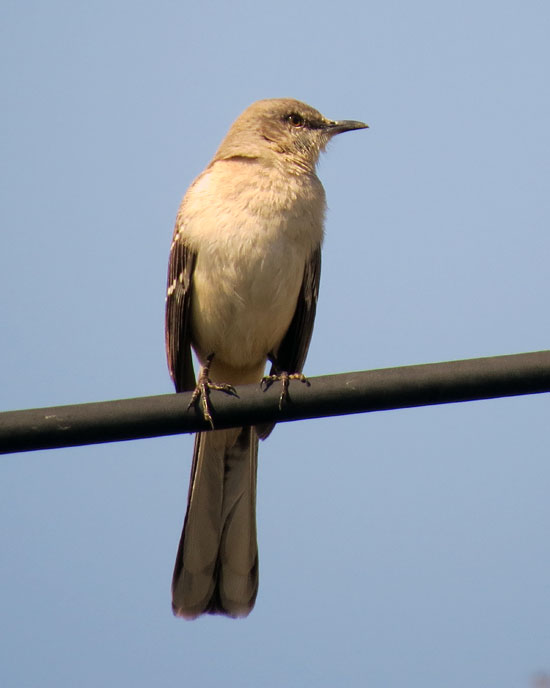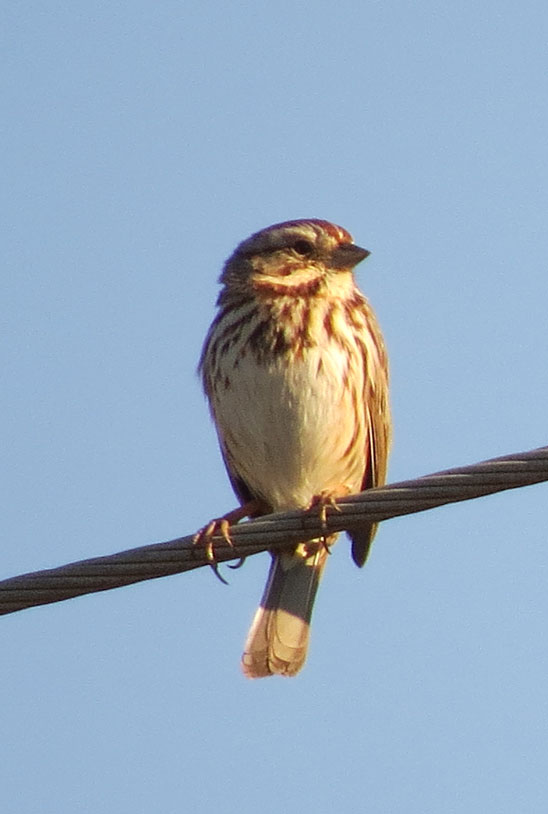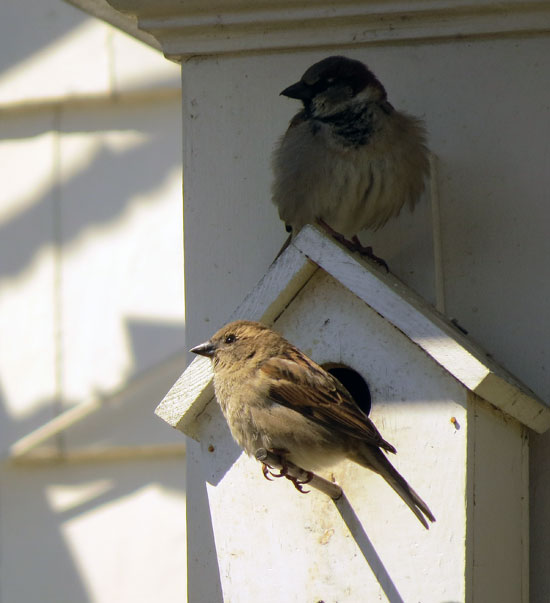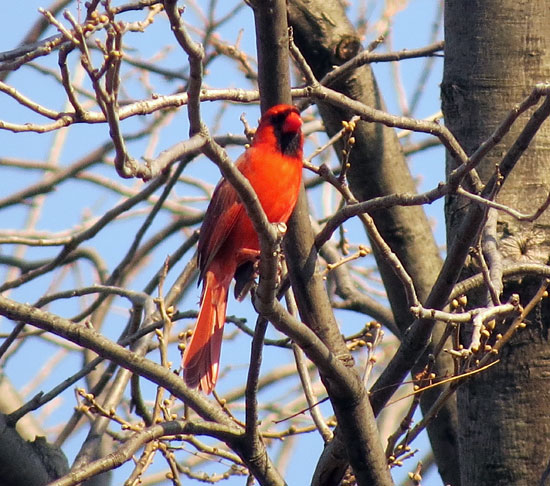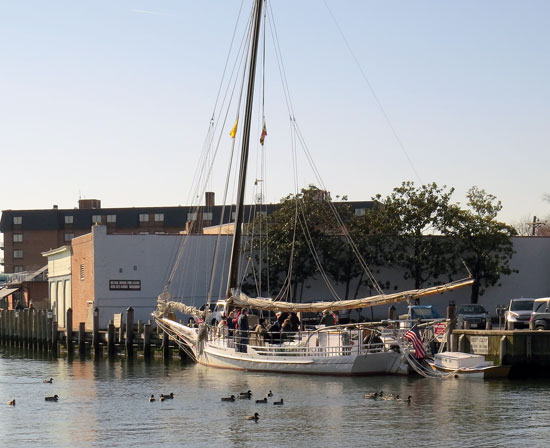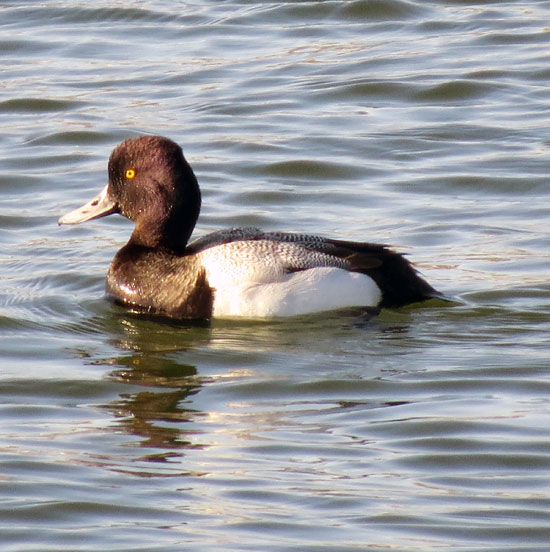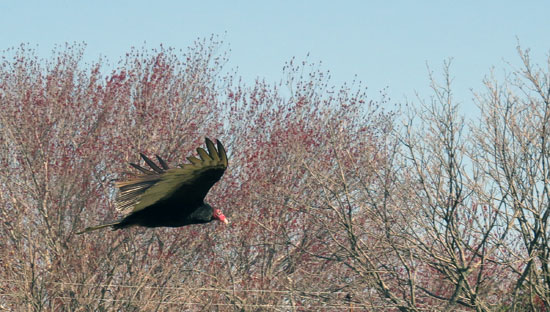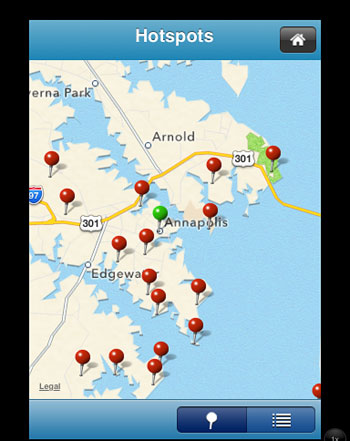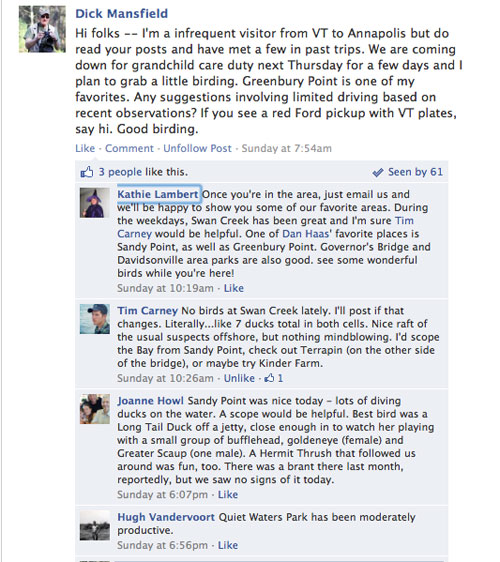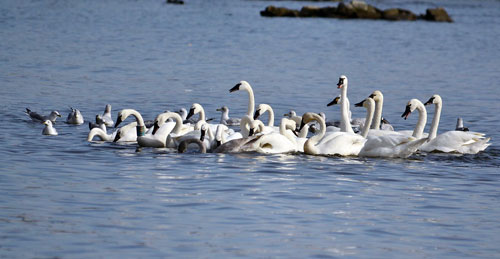As I noted last month, birding with grandchildren is one of my joys. I’m appreciating it even more as I read the number of “What sparked your interest in birding?” posts where so often, birders say that they first got interested at age 8, or nine, etc. In any case, yesterday Dane and I went on a Saturday morning birding expedition which started poorly but ended up great.
We are in Annapolis for a few days and enjoying the diversity of birdlife here. It’s like seeing old friends that moved away from Vermont a month or two ago. The sparrows and kinglets are here and since most of our lakes are frozen, the loons and ducks are nice to see again.
Dane and I left to visit the Patuxent River Research area. He had been there with his dad on a great visit this Fall but we wanted to check out the southern section. So we launched into an early morning stream of traffic on busy Highway 50 (it take a while to get used to the people on the move here after Vermont) and worked our way northwest for 40 minutes. Fog, mist, and heavy traffic and poor directions on my part brought us to the north tract. It was closed for hunting. We drove in looking for someone to ask directions of but nothing doing. (In retrospect, I found out that I could have worked my way around to the south area, which was open.)
I decided on a fallback plan — nearby Oxbow Lake Refuge — where Tundra Swans had recently been reported. We wove our way over, navigating through the massive housing development of which the refuge is part (looks like the developer set aside some wetlands as part of the deal). We found a spot with what appeared to be visitor parking and as soon as we got out of the car, we could hear the geese. As we poked through the woods and saw the marsh, I could see a few dots of white and getting the scope on them, saw two Tundra Swans hanging out with hundreds of Canada Geese. These were life birds for both Dane and me. We saw some hoodies, some Mallards, and decided to head back to another site nearer home.
Greenbury Point is a 231 acre peninsula at the mouth of the Severn River that is one of the best birding spots in the area. It’s pretty busy on the weekend with runners, dog walkers, and birders. It was cool to spot a Red-tailed Hawk perched on a tree on the access road — we pulled the car off to the side and got it in the telescope until it got sick of the attention.
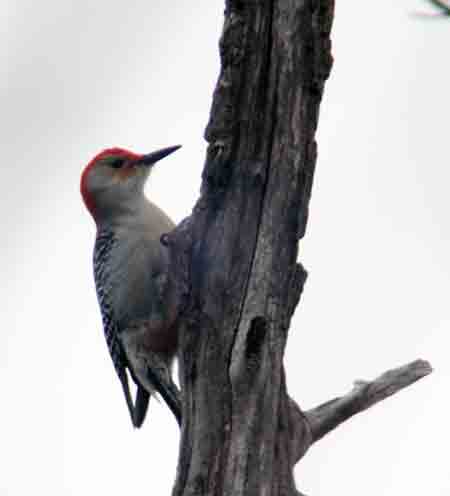
This Red-bellied Woodpecker posed and chattered away as it fed on an old tree at Greenbury Point.
We walked a loop that features a lot of low brush and berries bushes and immediately ran into a batch of White-throated Sparrows. These are great for young birders since they have distinct field marks, are pretty cooperative unlike some of their frenetic cousins, and often are at eye level. Dane got some great looks at them.
Another cooperative bird was a Red-bellied Woodpecker, who was not only colorful but noisy. We watched one through the scope for some time and took a few photos. We ran into several others as we moved on.
There were hundreds of Cedar Waxwings in the high trees. They were not easy to identify in the mist and lousy light until we got them in the scope. As we departed, we saw about a dozen Eastern Bluebirds foraging along the golf course. They were a vivid ending to a nice outing.
Dane uses eBird so as soon as we got home, he reviewed his notepad and entered the birds that we saw. He then shared the reports with me. Another perk of birding with grandchildren.

